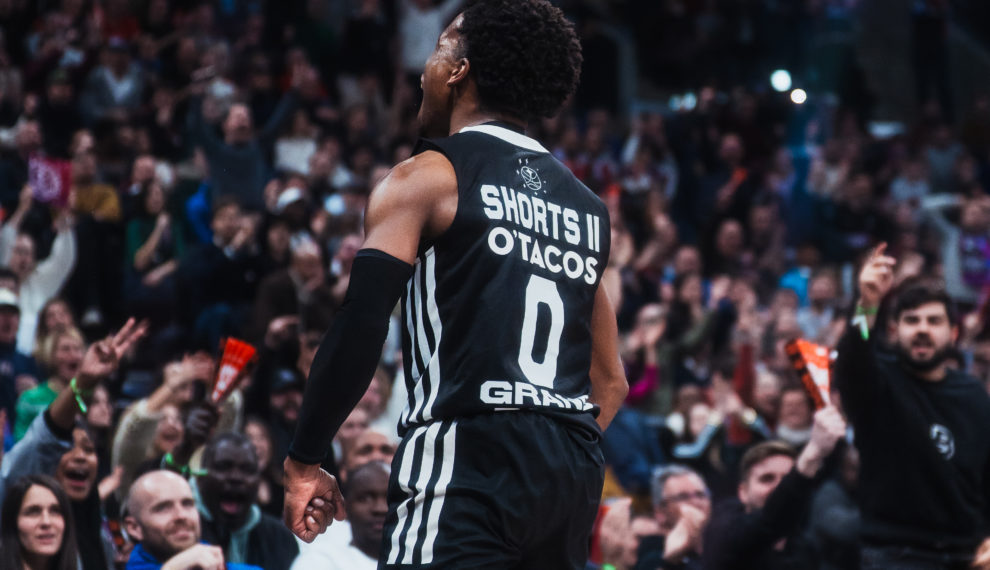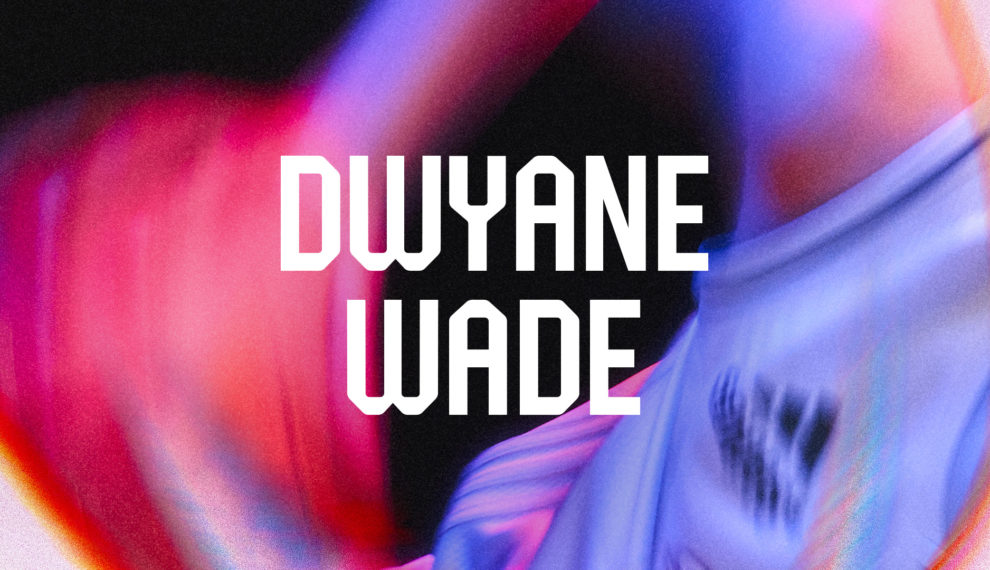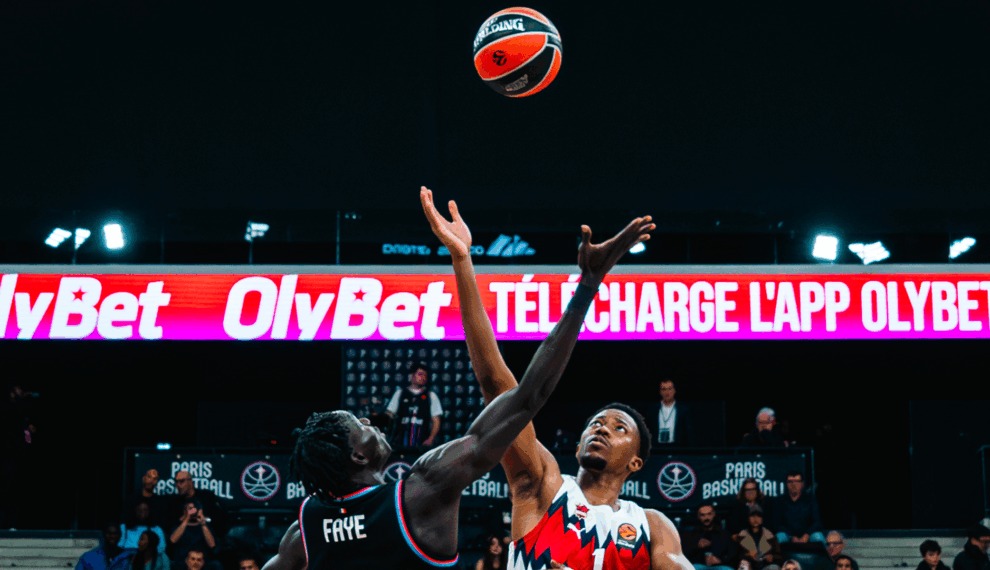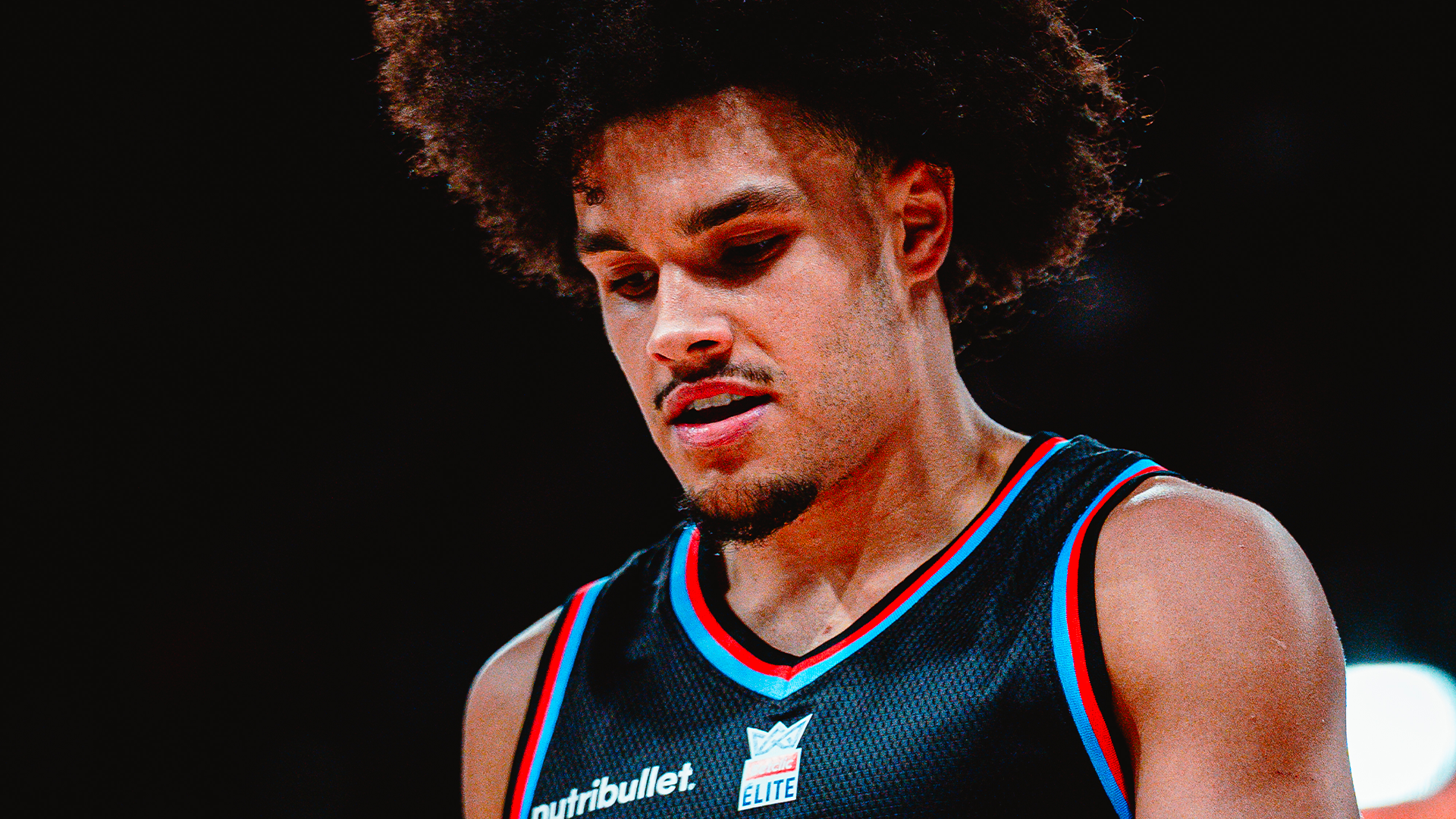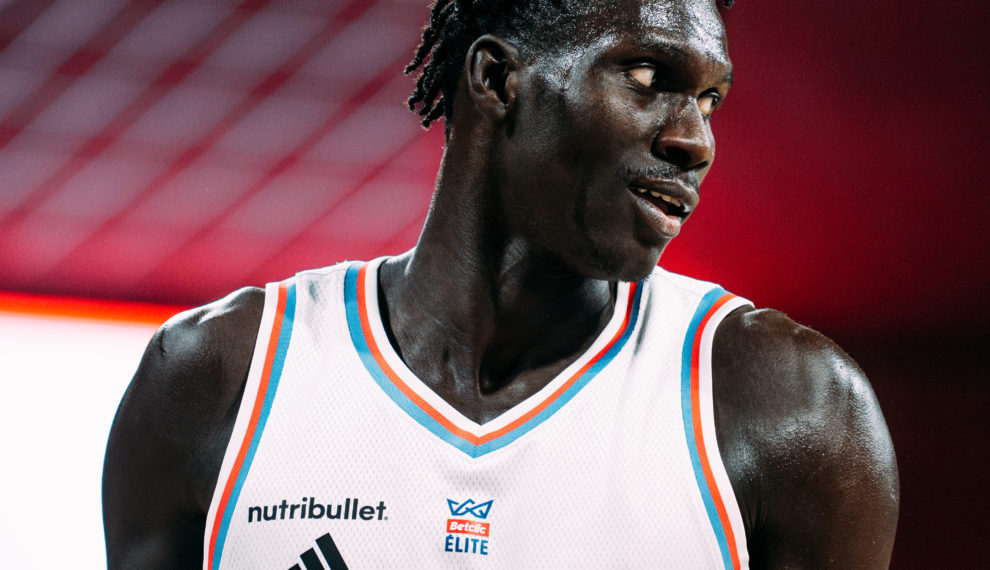
Anfernee “Penny” Hardaway: a genius with feet of clay
Career: A star that faded too quickly ✨
Born in Memphis on July 18, 1971, Penny Hardaway grew up on the streets of his Binghamton neighborhood, where he nearly saw his career take off before a stray ball shattered his ankle in his teens. A few years later, the 6-foot-7 combo guard lit up the NCAA playing for the Memphis Tigers (averaging 20 points, 7 rebounds, and 5 assists) and climbed to third place in the 1993 draft. Traded shortly thereafter for Chris Webber, he joined the Orlando Magic and, alongside Shaquille O’Neal, became the architect of an NBA finalist franchise in 1995.
Between 1994 and 1998, Hardaway was selected for four All-Star teams, appeared twice in the All-NBA First Team, and made Florida rock with his devastating crossovers. But in November 1997, a serious knee injury began his decline: repeated surgeries, limited minutes, then a transfer to the Phoenix Suns, where his partnership with Jason Kidd remained an unfulfilled dream. His subsequent stops with the Knicks and then the Heat showed flashes of his still-vibrant talent, but it was undermined by a body that was no longer reliable.
Penny finally hung up his sneakers in 2008 with averages of 15.2 points, 5.0 assists, and 4.5 rebounds over 704 NBA games, four All-Star Games, and an Olympic gold medal (Atlanta 1996).
He became a coach and took over at his alma mater in 2018. In seven seasons, he posted a 162-68 record, won the AAC in 2025, and earned three consecutive March Madness berths, restoring Memphis to its place among the nation’s top college programs.
Playing style: A tall, athletic and fast point guard 🤖
Hardaway arrived in the NBA as a “Magic Johnson 2.0”: same height, same vision, but with added speed. A point guard, shooting guard, or small forward depending on the situation, he orchestrated the pick-and-roll, battled in the low post against smaller players, and drove to the dunk after an early euro-step. His endless arms disrupt passing lanes (1.6 steals per game in his first five seasons), while his “stolen” blocks on the inside remind us that he is also a top-notch defender.
Spectacular without ever really trying, Penny plays smart, popularizing the “yo-yo” double-cross, a combination of hesitations that would become a staple for Tracy McGrady and Jamal Crawford. And when he pulls up for a mid-range shot, his wingspan makes defense almost futile.
Penny Hardaway’s overall impact on the NBA 💥
If we had to sum up Penny Hardaway’s legacy, we would first mention his dazzling rise: in just two seasons, he led the Orlando Magic to the 1995 Finals alongside Shaquille O’Neal. Shaq would later say that they were “a young Magic-Kareem duo” because their strengths seemed so complementary—Shaq’s dominance in the paint and Penny’s aerial creativity as a 6-foot-7 point guard capable of scoring, distributing, and defending at a high level. This comparison immediately placed Hardaway in the lineage of revolutionary point guards: he proved that a tall, fast, and instinctive playmaker could completely control an offense without losing fluidity.
However, his aura was built as much on potential as on reality. A series of knee and ankle injuries, beginning in 1997, abruptly interrupted a progression that seemed to destine him for multiple titles and MVP campaigns. This gave rise to the most fascinating “what if” question of the 1990s: what if this genius had stayed at the top a little longer? You only have to listen to former opponents talk about “the best guard in the league in 1995” or see him cited in discussions about modern management and load management to gauge the impact of Penny Hardaway’s unfinished career.
Beyond the court, Hardaway shot through pop culture like a comet. His Nike Air Penny line and Lil’ Penny puppet (voiced by Chris Rock) became an advertising phenomenon that rivaled the Air Jordan campaigns, appearing in music videos, Super Bowl commercials, and regular reissues of the models.
But what’s also beautiful about this story is what happened after the NBA: returning to Memphis to coach his university, he put the Tigers on the national map (29-5 record and AAC season/tournament double in 2025), proving that a former All-NBA player can transition from icon to coach without losing his magnetism. His career, however short it may have been at the highest level, remains one of the most influential, enriching the game, sneaker culture, and the idea that unfinished talent can still inspire basketball, thirty years after his first crossover.
- Key figures and statistics
- NBA career: 15.2 points – 5.0 assists – 4.5 rebounds – 1.6 steals (704 games)
- All-Star: 4 consecutive selections (1995–1998)
- All-NBA: First Team 1995 & 1996, Third Team 1997
- 1995 NBA Finals: 25.5 points – 8.0 assists in the series
- Rookie Challenge MVP: 1994
- 1996 Olympic Games: Gold medal with Team USA
- Memphis Coach (2018–2025): 162–68 (.704), NIT 2021, AAC titles 2023 & 2025, 3 NCAA appearances
Signature trainers : Air Penny 1 to 4 (1995–1998), relaunched in 2012, 2015 and 2023
In pictures, this was Penny Hardaway 🎬
Read also
Latest items


